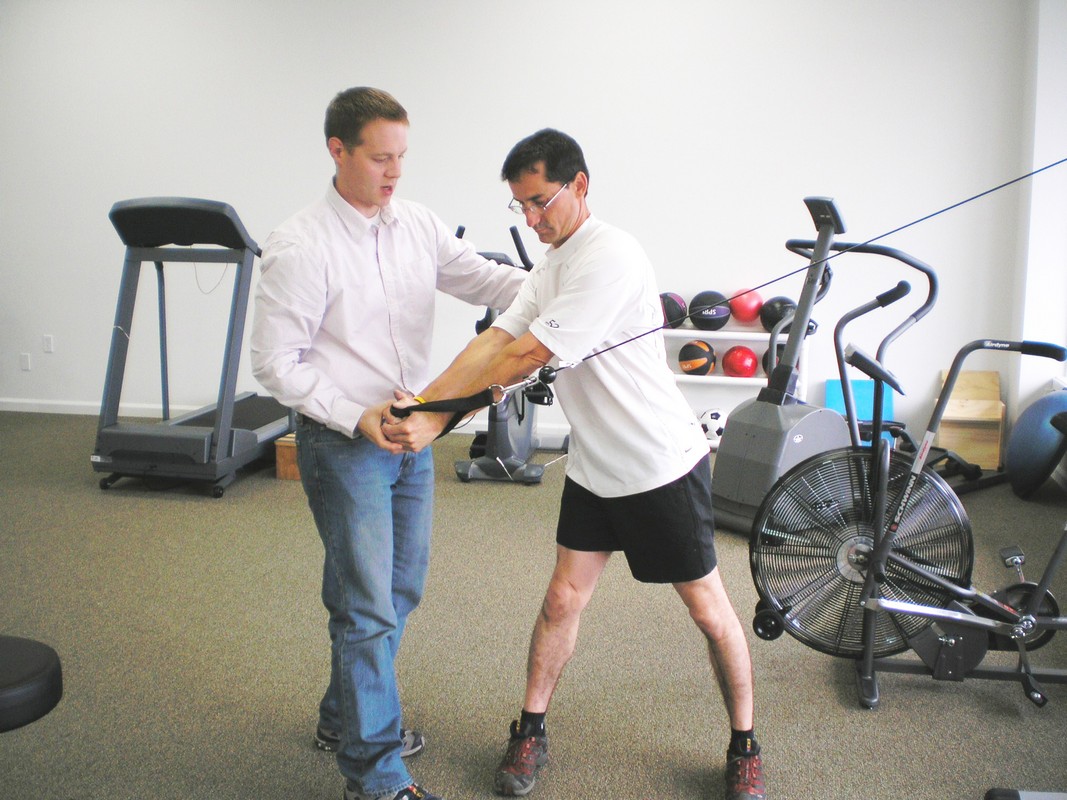I was lucky enough to be able to see my entire family recently to celebrate my mom’s 70th birthday. This was the first time we have all been together in almost 2 years, so we had a lot of catching up to do. Of the six adults other than myself at the gathering, five of them asked me to take a look at a body part (or two) that had been bothering them for some time. It ended up being two knees, two hips, a low back, an elbow, and a stubborn shoulder.
Later in the evening, we got to talking about retirement savings plans (I know, we’re a wild bunch). My parents shared their experience as the only actual retirees in attendance. My brother-in-law, who works in finance, went over some of his strategies, and the rest of us bounced around ideas that we had tried or heard of.
On the drive home, I realized that there a lot of similarities between retirement accounts and how well the body functions. If you’ve ever been to a retirement planner, you’ve probably heard some version of ‘time in the market outperforms timing the market’. Starting to save a little from each paycheck in your 20s is usually preferable to waiting to save aggressively in your 50’s. I’m reminded of the great Albert Einstein quote: “Compound interest is the eighth wonder of the world. He who understands it, earns it … he who doesn’t … pays it.”
While the quote was offered in the context of building a nest egg, the same can be said for how you treat your body across your lifespan. Numerous long-term studies have shown that people who exercise most of their life tend to function much better than those who get a late start. Measures such as overall muscle mass, bone density, and cardiovascular health all are greatly improved and better maintained with decades of physical exercise.
Our patient base is comprised most heavily of people in the 50 and older category. I often meet with patients about a specific ailment who are in their 50s and 60s, and the conversation frequently turns to overall health and fitness. Just as people tend to be more mindful of the size of their nest egg as they age, they also become more tuned-in to how their body is performing (or not performing). This is usually due to several factors: they start to feel stiffer/weaker/less mobile, they start seeing parents, siblings, and friends decline in function, and those AARP magazines start arriving with articles preaching ways to keep physical fitness up as one ages.
If you’ve found yourself thinking about how you’ll function when you’re older, or if you’re under 40 and you haven’t given it much thought until now, here are a few tips:
- Start early– Again, its all about that compound interest. The work you do today will pay off in both the short- and long-term
- Do what you enjoy– I can’t count the number of times I’ve had some version of this conversation: ‘My knees hurt since I started running’. ‘Ok, what made you want to start running?’ ‘Well, I’ve heard it’s the best way to get in shape’.’ ‘Understood. Do you enjoy running?’ ‘No, I actually kind of hate it.’ ‘Well, let’s try to get this current issue figured out first. Once it improves, perhaps we can try to find a form of exercise that you actually enjoy, or at least don’t hate. In my experience, people are more able to stick to exercise that they enjoy doing.’ If you hate running but really like biking, I have good news for you: the health benefits of biking vs. running are nearly identical, as long as the intensity is similar.
- Get the most bang for your buck (and body)– Retirement accounts are usually structured to be more aggressive when you’re young and get more conservative as you age. Exercise can follow a similar tract. In your 20s, 30s, and 40s, higher intensity workouts are usually required to get the most benefit. While experienced exercisers with good genes may be able to maintain that intensity across their lifespan, many people may need to dial down the intensity a bit as they age. While two days/week of weight training may be of mild benefit for an otherwise healthy youngster, that regime can be tremendously helpful for someone in their 70s.
Just as you meet with a financial professional to structure your retirement savings, it’s a good idea to meet with a physical therapist to receive guidance on your physical fitness. Sitting down with financial and fitness professionals every couple of years when you’re young can set you up for success later in life. When you do find yourself getting closer to your 50s and 60s, meeting once a year can be a great way to be sure you’re on track for a comfortable retirement, both financially and physically.







